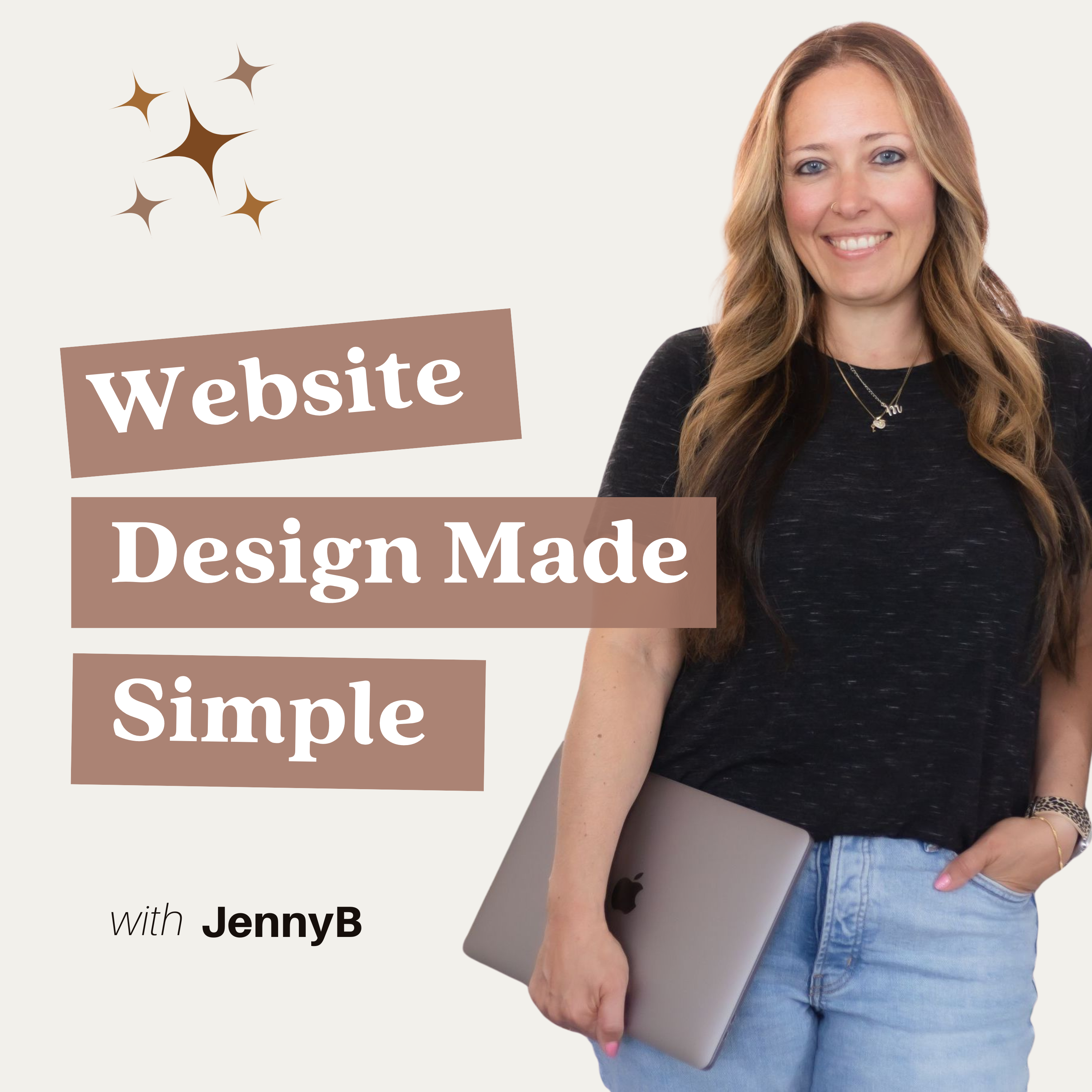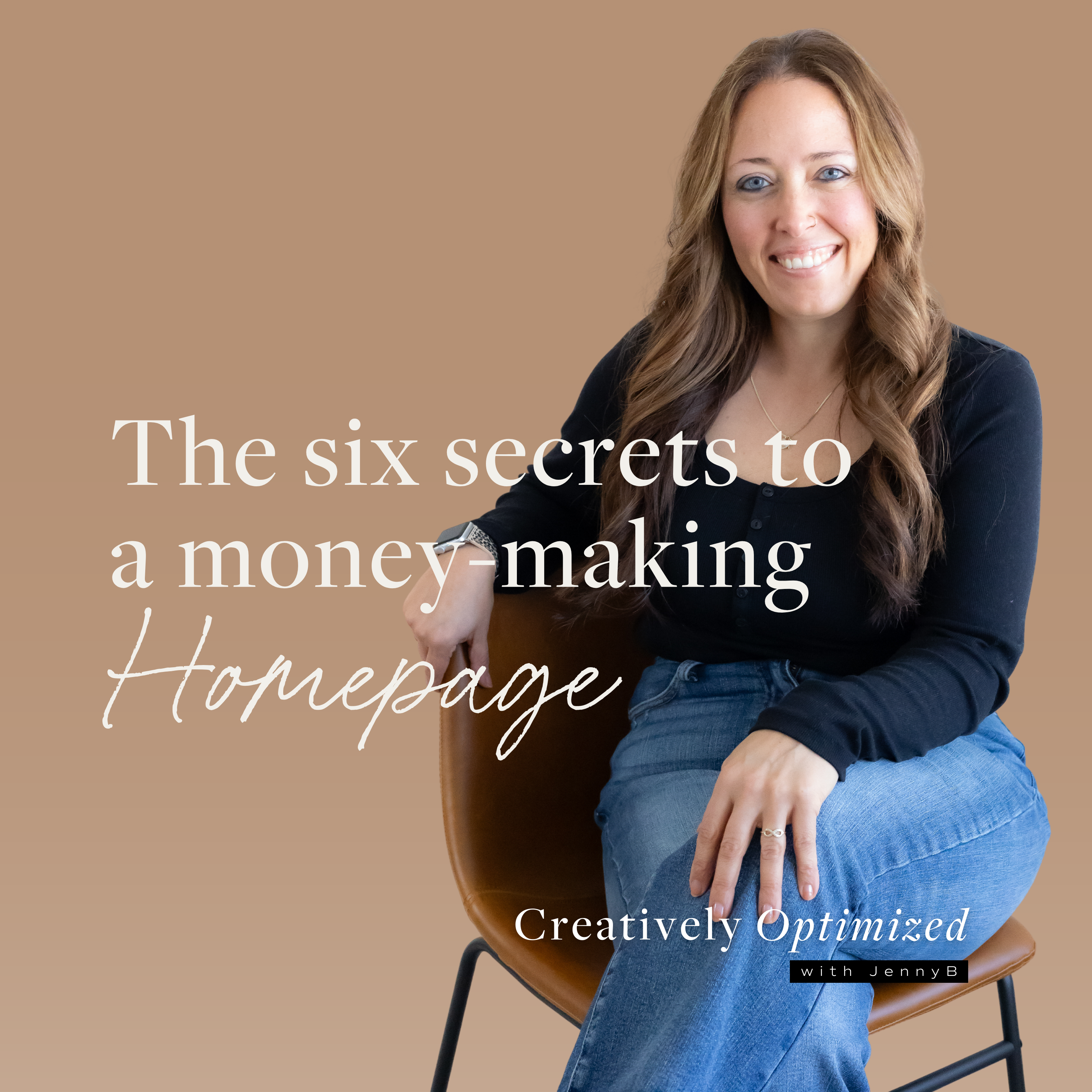As a web designer, I’ve heard the term “funnel” thrown around countless times. It’s become such a buzzword that many business owners feel pressured to implement one, often without fully understanding what it means or whether it’s the best approach for their website. Today, I want to share why I’ve moved away from the concept of funnels and towards a more holistic, user-centric approach to web design.
Table of Contents
ToggleThe Problem with Funnels
First, let’s clarify what we mean by “funnel.” In its simplest form, a funnel is the idea that we should guide visitors on a predetermined path through our website, narrowing their options as they go, with the end goal of conversion – be that a sale, a sign-up, or whatever our main objective is.
While this concept isn’t entirely without merit, there are several reasons why I find it problematic:
- It’s Too Linear and Rigid
Think about the last time you visited a website. Did you follow a perfectly straight path from landing page to purchase? Probably not. Our online behavior is rarely that predictable. We browse, we compare, we leave and come back later. A funnel doesn’t account for this natural, often meandering journey.
- It Can Feel Manipulative and Impersonal
When we design with only conversion in mind, we risk treating visitors like numbers rather than individuals. This approach can make people feel pushed or coerced, which is the last thing we want when trying to build trust and long-term relationships with our audience.
- It Doesn’t Account for Diverse User Needs
Not every visitor is at the same stage of the buying process, and not everyone has the same goals when they land on your site. Some might be ready to buy, others might be just researching, and some might be looking for support for a product they already own. A one-size-fits-all funnel approach fails to serve these varied needs effectively.
A More Holistic Approach
So, if not funnels, then what? Here are some alternative concepts I prefer to work with:
User Journey Maps
Unlike funnels, journey maps acknowledge that user interactions with your website aren’t linear. They visualize the entire experience a user has with your brand, from initial awareness to long-term loyalty. This approach helps us design for various touchpoints and emotional states, creating a more holistic user experience.
Relationship Building
This mindset shifts our focus from short-term conversions to long-term connections. We design websites not just to sell, but to inform, engage, and support our users throughout their entire journey with our brand.
Value Exchange
Instead of thinking about how to push users towards a conversion, we focus on creating mutual benefit. At every interaction, we ask: What value are we providing to the user, and what are we asking in return? This approach builds trust and encourages long-term relationships.
Implementing a User-Centric Approach
Here are some practical tips for implementing this more holistic approach:
- Provide Value at Every Touchpoint
Create content and features that serve your users at all stages of their journey, not just when they’re ready to buy. This could include informative blog posts, helpful tools or calculators, engaging videos, or clear, well-written product descriptions.
- Create Multiple Paths for Exploration
Design your site navigation and content structure to accommodate different user needs and intentions. Some visitors might want to learn more about your company, others might be comparing options, and some might be looking for support.
- Emphasize Two-Way Communication
Incorporate features like live chat, easy-to-find contact information, feedback forms, and user reviews. And most importantly, act on the feedback you receive.
- Reflect Your Brand’s Personality
Your copy, imagery, color scheme, and functionality should all align with your brand’s values and personality. This consistency helps build trust and makes your site more memorable.
- Think Beyond the Transaction
Design your site to support users even after they’ve made a purchase. This could include detailed FAQs, user guides, customer success stories, or a community forum.
The Benefits of a Holistic Approach
By adopting these strategies, we can create websites that not only drive conversions but also provide genuine value to users at every stage of their journey. This leads to improved user satisfaction, increased brand loyalty, organic growth, and better alignment with modern consumer expectations.
Remember, the goal isn’t just to guide users to a single action, but to create an environment where they feel understood, supported, and empowered to make decisions that are right for them. This approach builds trust, fosters long-term relationships, and ultimately leads to sustainable business growth.
So, the next time you’re tempted to use the F-word (funnel, that is) in your web design strategy, consider taking a step back and looking at the bigger picture. Your users – and your business – will thank you for it.





